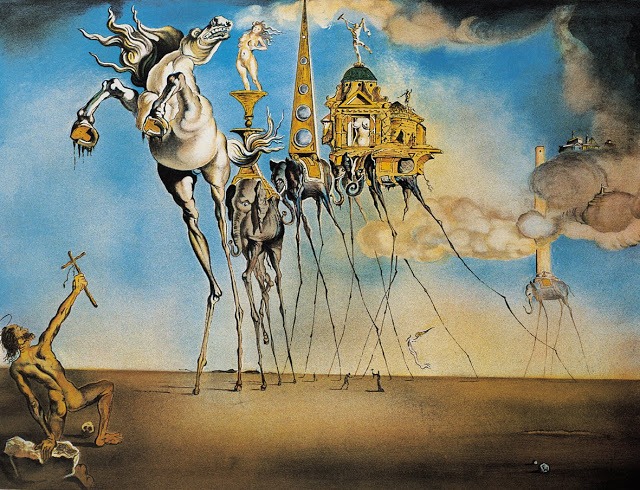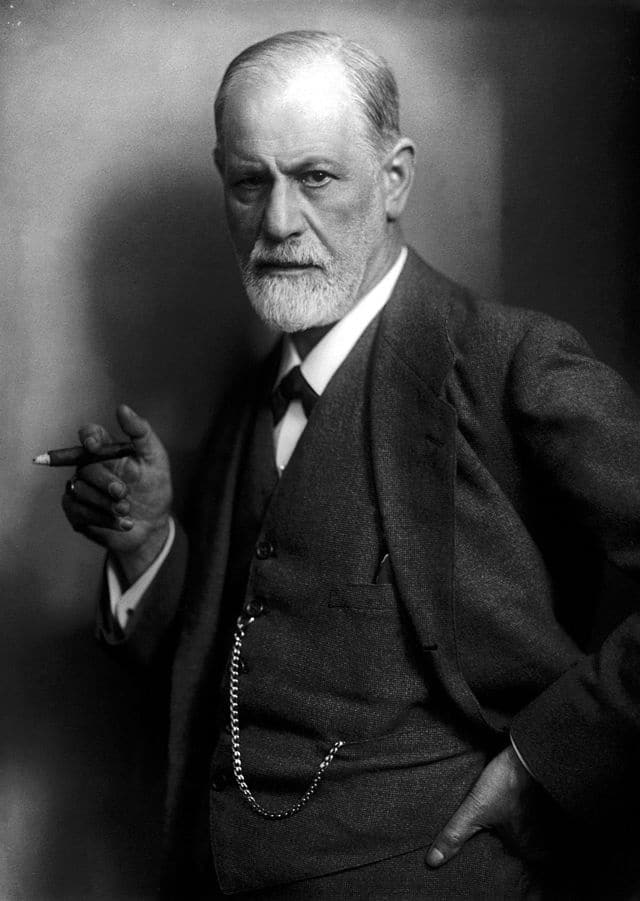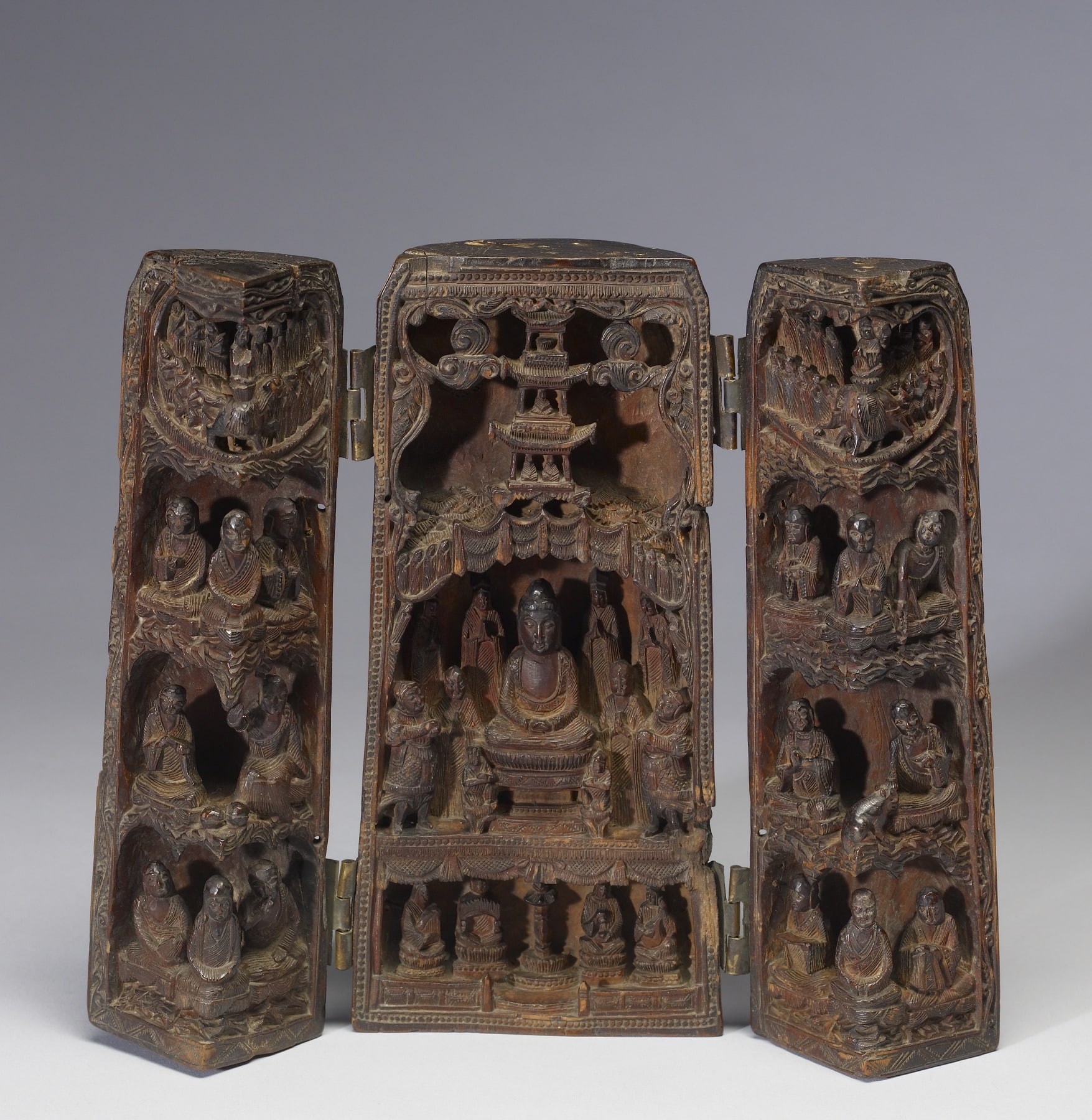Constructs of the Imagination
The human mind is constructive. We create our world, inside of our own heads. To understand the way that we as individuals think, the way that we construct reality, we have to examine some of the moving parts of the consciousness system that are involved. Some of these parts are cognitive, some emotional; things like … Read more




